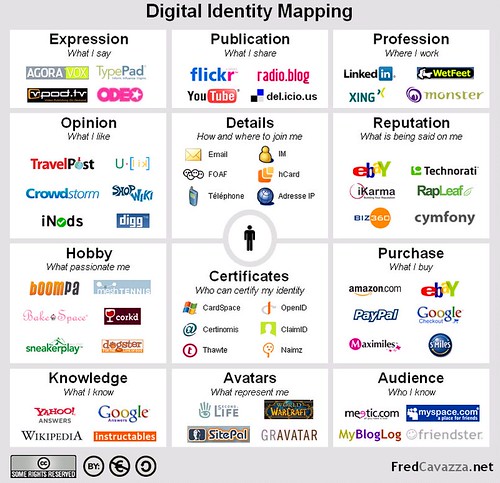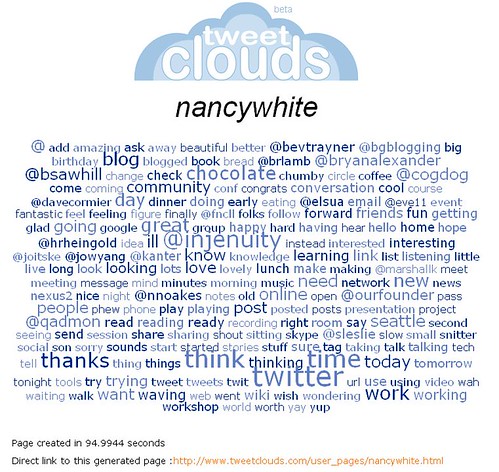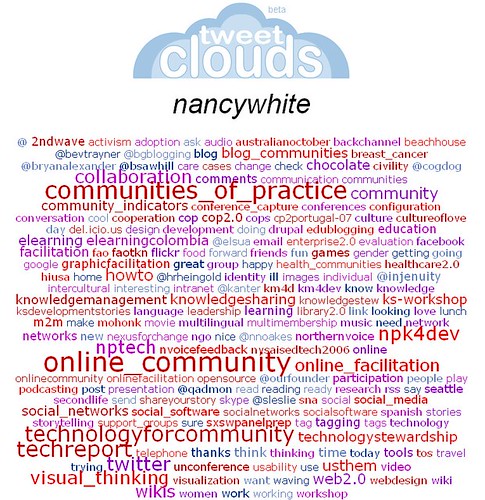For this week’s Monday Video comes a piece near and dear to my heart – as a lover of connecting!
How do you connect to people online? (the video)
How do you connect to people online? from D’Arcy Norman on Vimeo.
This resonates with the question that people always asked me when I first started teaching online facilitation: “can you create real connection and relationships with people online?” Darn tootin YES WE CAN!
What has evolved for me, however, is the distinction of the RANGE of connection and relationship we have, from the weak ties of the network which coalesce first around topical interest, to the more contained and measurable relationship in bounded groups, to the intimacy of pairs and triads where, across a diversity of tools and modalities, we reveal ourselves to each other.
These connections are not the same. They are not formed the same way. The type of relationship and trust is diverse. The usefulness is different across the continuum.
The second important thing this “online connecting” thing has taught me is that it is an amazing pallette to paint our identity out to the world, and to have others contribute to that portrait.
This is big learning for me since 1997.
P.S. The music D’Arcy used is from the amazing http://www.symphonyofscience.com/
 My friend and colleague, Shirley Williams, pointed me to a great resource on digital identity (DI) that she and her colleagues created for their students at Reading University in the UK. It is called “
My friend and colleague, Shirley Williams, pointed me to a great resource on digital identity (DI) that she and her colleagues created for their students at Reading University in the UK. It is called “

